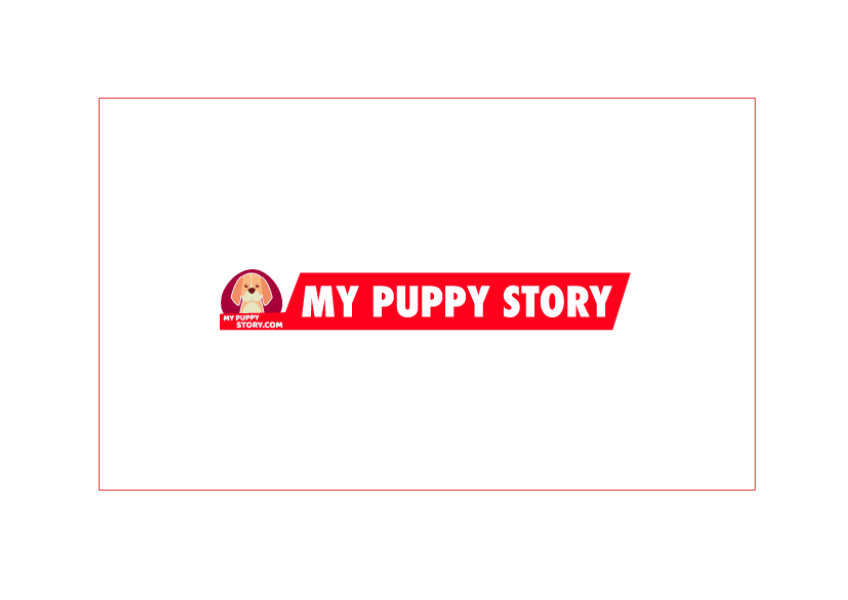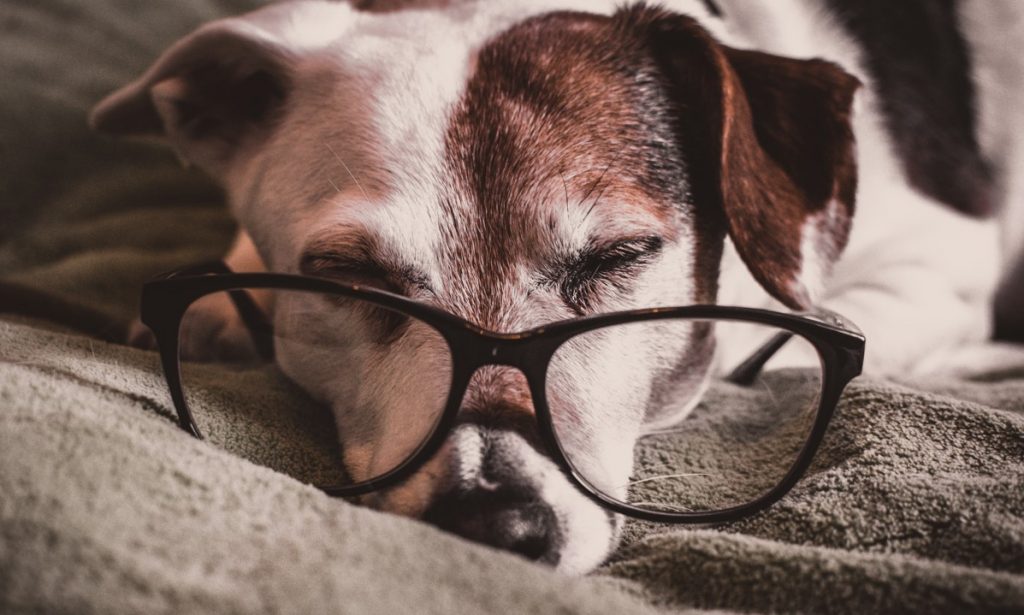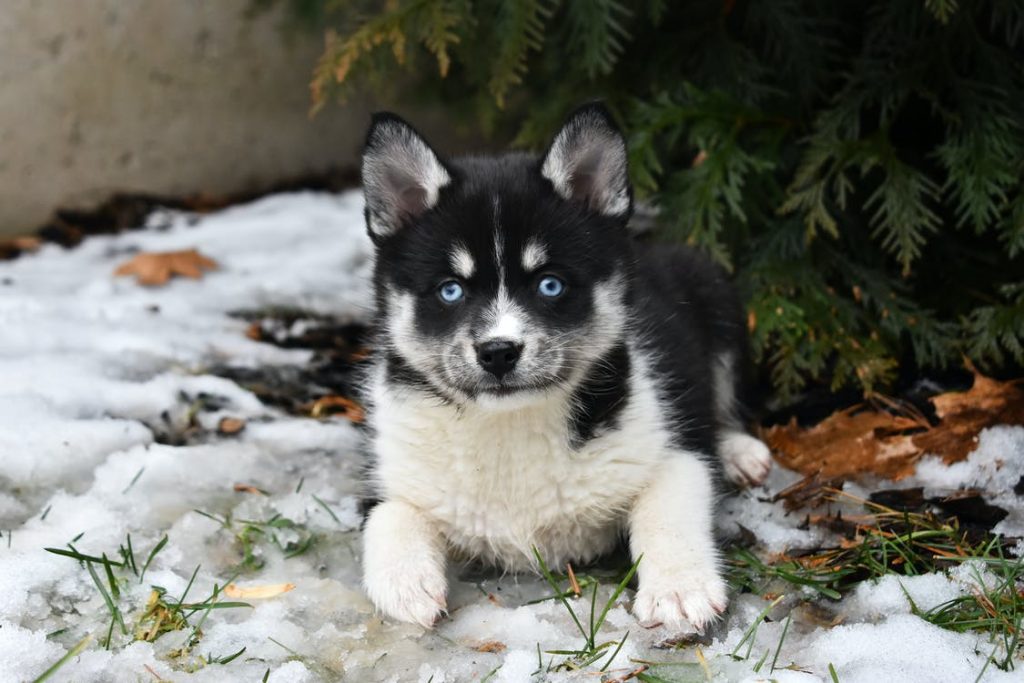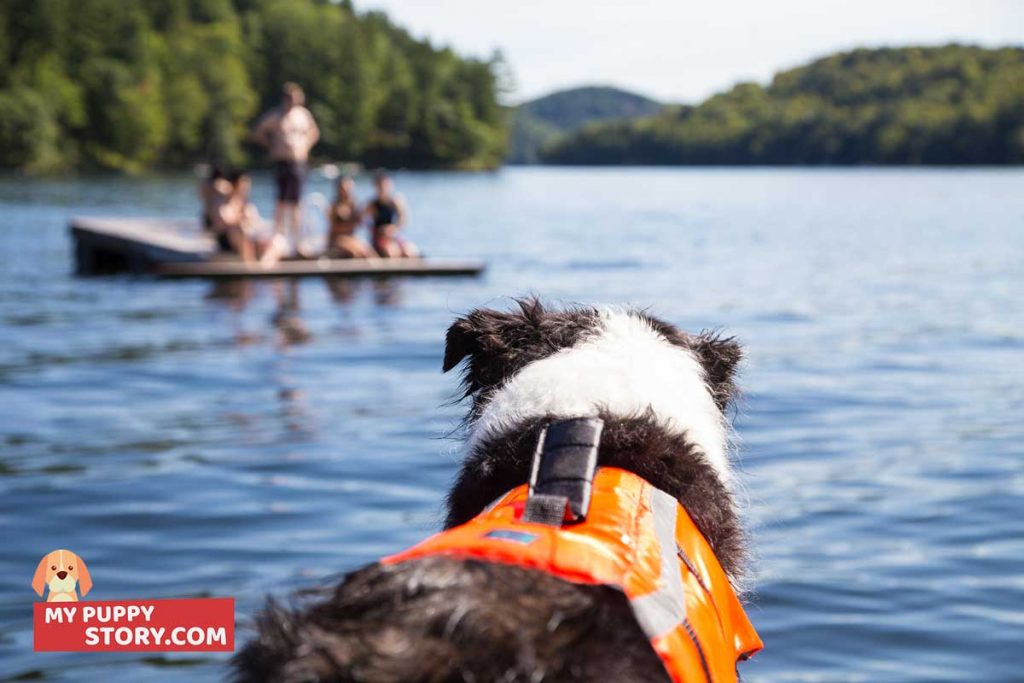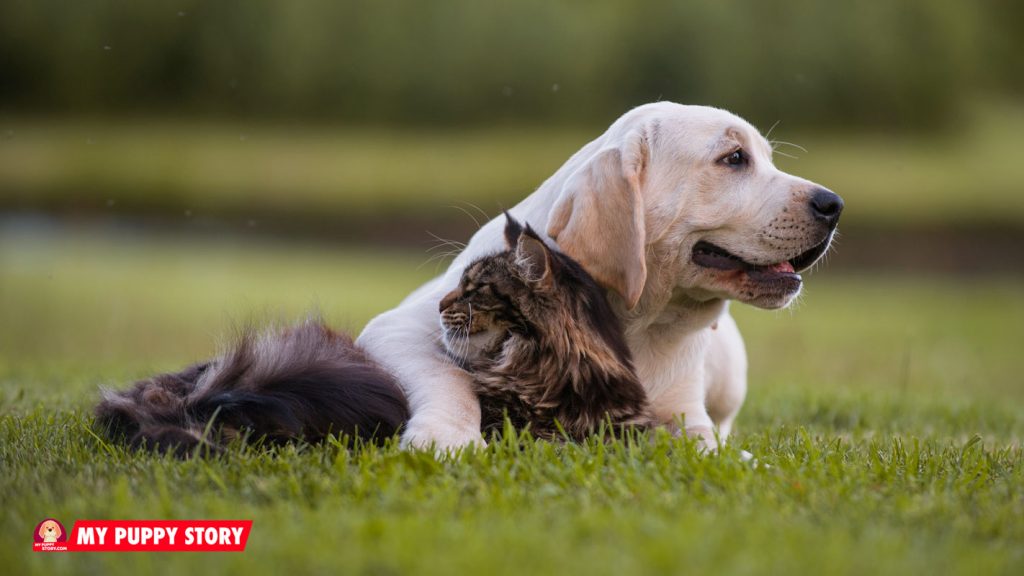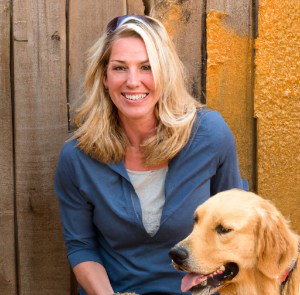July 16, 2022
Sheepadoodles are getting all the attention and desirability due to their lovable, jolly, friendly nature. But in spite of all the appeal and popularity, most people don’t know much about this breed. If you are thinking about having this teddy bear as your pet, then here are some of the crucial facts and insights all […]

